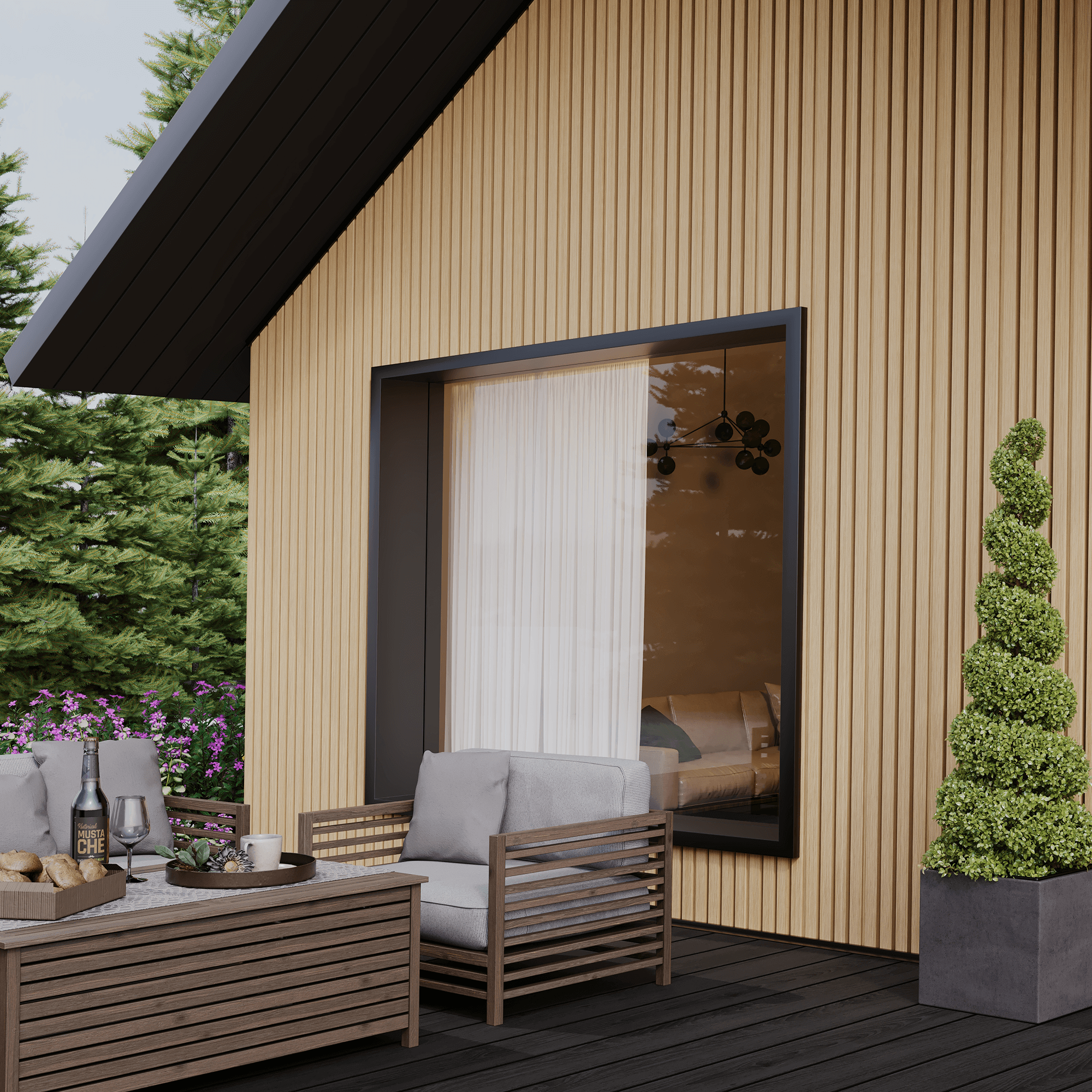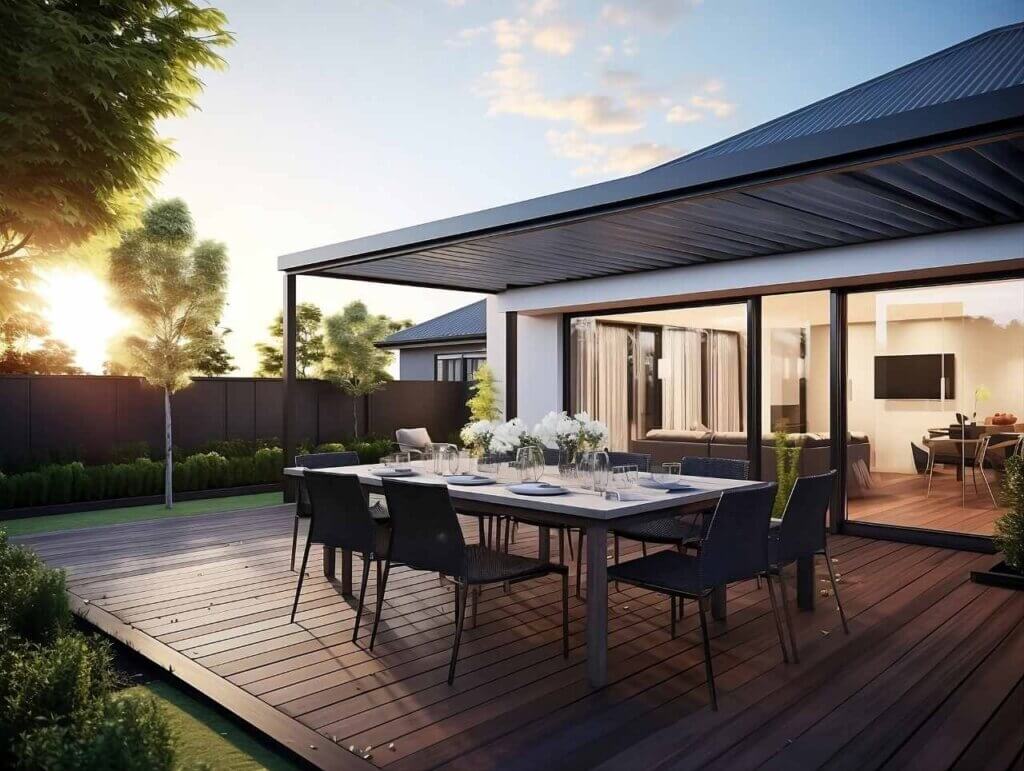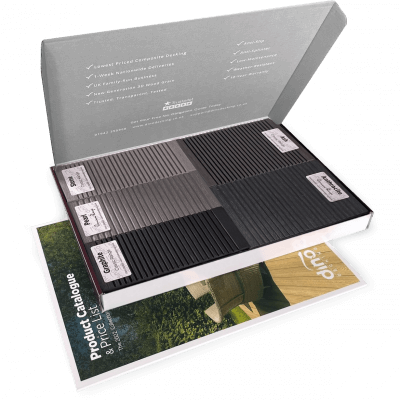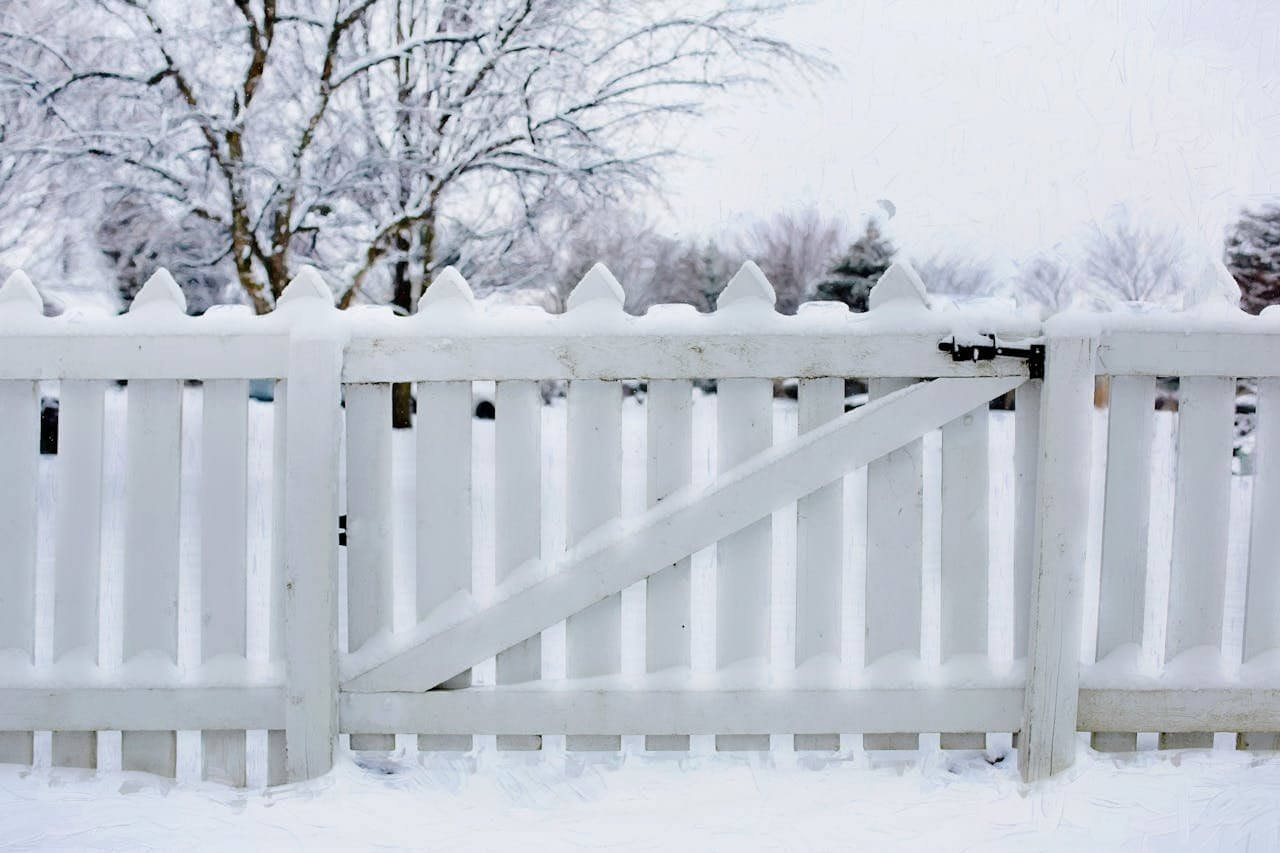
Do You Need Planning Permission for Cladding?
If you’re considering installing cladding on your home or in the garden, you’ve probably asked the question, ‘Do you need
Products in Stock
Lowest Prices
Express Delivery
10-Year Warranty
December Sale. Up To 15% Off.

We all dream of a stunning outdoor space, where we can relax and enjoy the beauty of nature without the constant worry of upkeep. Enter the concept of “maintenance-free decking” – a somewhat unrealistic promise of a picture-perfect deck without the hassle. Because let’s be honest, nothing in life is truly maintenance-free. So, what does this term really mean when it comes to decking? Let’s dive in and explore the realities, benefits, and considerations of so-called maintenance-free decking options.
When we say “maintenance-free decking,” we essentially mean decking materials that require minimal upkeep compared to traditional wood decking. While no deck is entirely exempt from the occasional cleaning or inspection, these materials are engineered to resist the usual wear and tear, fading, staining, and rot that plague traditional wood.
So, what materials fall under this umbrella? Let’s take a look at some of the key players:
A popular choice, composite decking is perhaps the best option for this. Crafted from a blend of recycled plastic and wood fibres, it’s incredibly durable, resistant to fading, staining, scratching, and even pesky insects. With a range of colours and textures mimicking natural wood, it’s easy to see why it’s a favourite.
Plus, with minimal maintenance, it allows you to spend more time enjoying your deck and less time on upkeep. Check out our selection for the best composite decking prices online, and you’ll be sure to find an option that perfectly balances beauty and practicality.
Made entirely from plastic, PVC decking offers unparalleled low-maintenance qualities. It laughs in the face of fading, staining, scratching, and insects, and you can typically find it in a range of colours and textures. Generally speaking, PVC decking also only needs an occasional cleaning to look its best.
If you’re looking for durability and longevity, aluminium decking is a great option. It’s resistant to rust, corrosion, and insects, and it won’t warp or splinter. While it might require a slightly higher initial investment, its long lifespan and minimal maintenance make it a worthwhile choice.
Taking composite decking a step further, capped composite decking features an additional protective layer that enhances its stain and fade resistance. It’s an excellent option for high-traffic areas or locations exposed to harsh weather conditions.
When it comes to modified wood decking, this option involves treating natural wood with chemicals to enhance its durability and resistance to rot and insects. While it requires less maintenance than traditional wood decking, it may still need occasional sealing or staining.
Before you jump on the maintenance-free bandwagon, we’d advise you to consider a few factors:
Maintenance-free decking often comes with a higher upfront cost than traditional wood. However, the long-term savings on maintenance, repairs, and replacements can make it a more cost-effective choice in the long run.
The climate and environment in which you live will influence the longevity and performance of different decking materials, so consider factors such as humidity, temperature fluctuations, and exposure to sunlight when making your selection. If you need more information, our comprehensive guide comparing composite and wood decking can help you make an informed decision.

While maintenance-free decking requires minimal upkeep, proper installation is key to ensuring its long-term performance and longevity:
Each decking material has specific installation requirements, so this means adhering to the manufacturer’s instructions for spacing, gapping, and fastening techniques.
Adequate ventilation beneath the deck is also vital for preventing moisture buildup and potential damage, so you’ll want to ensure proper airflow and drainage.
Choose fasteners and accessories that are compatible with your chosen decking material and offer corrosion resistance.
Before installing new decking, ensure the underlying structure is sound and free from rot or damage.
Even maintenance-free decking requires occasional attention to keep it looking its best. Here are some basic maintenance tips:
Sweep away debris regularly and clean your deck periodically with a gentle cleanser and water. Avoid harsh chemicals that can damage the surface. Inspect your deck for any signs of wear and tear, such as loose boards or cracks.
Avoid using pressure washers or abrasive cleaners, as they can damage the surface of the decking.
If spills or stains occur, clean them promptly to prevent them from setting in.
Periodically inspect the substructure, fasteners, and railings for signs of damage or corrosion. Address any issues promptly to prevent further deterioration.
If your deck is exposed to harsh environmental factors, such as salt spray or heavy snow loads, consider additional protective measures, such as sealing or using deck covers.
When choosing decking materials, consider their environmental impact. Composite decking, often made from recycled materials, can be a more sustainable choice than traditional wood decking. Look for manufacturers who prioritise sustainability and responsible sourcing practices.
Ultimately, while the notion of “maintenance-free decking” isn’t exactly literal, options like composite decking offer a compelling and low-upkeep solution for those seeking a beautiful and functional outdoor space. While no deck is truly maintenance-free, it’s true that certain materials significantly reduce the time and effort required to keep it looking its best.

Our sample pack contains a sample piece of each colour currently available. Order your free sample pack today to compare the colours and get a true feeling of the Dino Decking range!

If you’re considering installing cladding on your home or in the garden, you’ve probably asked the question, ‘Do you need

If you’re looking to go all out this festive season, you might be looking for some fantastic Christmas garden ideas